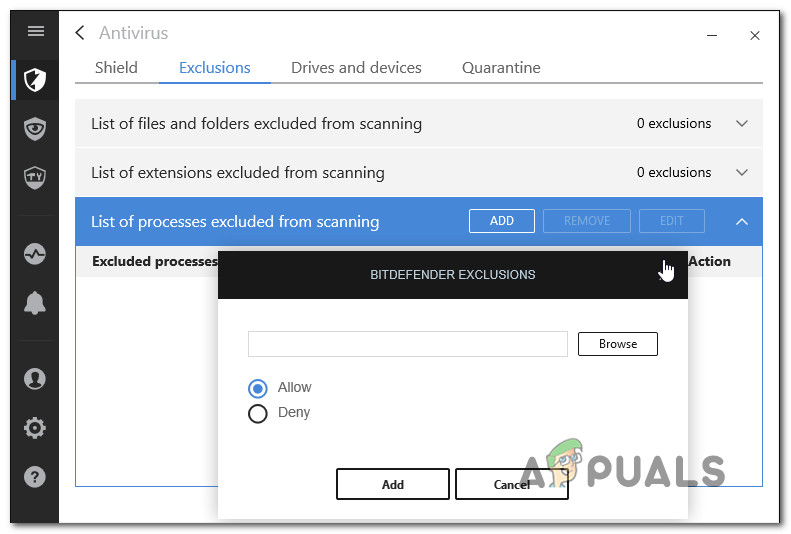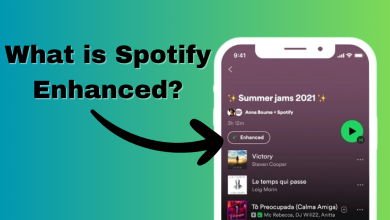Fix: Spotify Error 412
Several Spotify users are reporting that they get a 412 error every time they try to connect to the app with their account. In most reported cases, this error appears when the user tries to log in with hi’s/her’s Facebook account in Spotify. The issue is not exclusive to a particular Windows version and is confirmed to occur on Windows 7, Windows 8 and Windows 10.
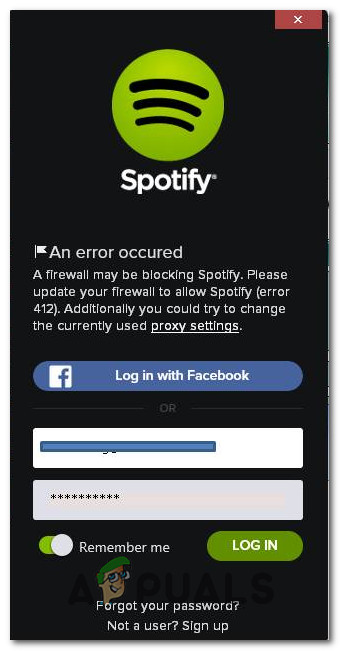
What is causing the Spotify Error 412?
We investigated this particular issue by looking at various user reports and the repair strategies that are commonly used to resolve this error code. Based on what we gathered, this error stands for “Precondition Failed”.
In most cases, the error occurs when an incorrect or badly formed token is passed along the API. This can happen for several different reasons:
- Spotify is currently maintaining its system – This error might be temporarily encountered if the platform is in the middle of maintenance. In this case, you can do little else than to wait for the maintenance period to conclude.
- Facebook login was de-authorized – Another possible reason why you’re seeing this message is if Facebook revoked access to the Spotify app. Of course, this is only applicable if you’re using Facebook to log into Spotify.
- 3rd party firewall is blocking Spotify – There are several different 3rd party security suites that are known to cause this particular issue. Disabling the real-time protection or establishing an exception for the Spotify executable should resolve the issue if this scenario is applicable.
If you’re currently struggling to resolve the Spotify Error 412, this article will provide you with several troubleshooting steps that we’ve confirmed to resolve the issue. Down below, you’ll discover several potential fixes that other users in a similar scenario have successfully used to fix the error and login successfully.
Although not every potential fix will be applicable to your scenario, it’s still best to start with the first method and work your way down until you discover a fix that is effective for your situation.
Let’s begin!
Method 1: Login with using username instead of email / Facebook
In most cases, you can resolve this particular issue extremely easily by using your username (instead of your Facebook account or email when you log into your account.
Several affected users have reported that the issue no longer occurred and they were able to log-in normally when they tried using their username inside the User box.
Other affected users reported that they were able to resolve the issue by logging into a different account, logging out and then logging back into the account that was previously failing.
Try these two tactics and move down to the next method below if you’re still encountering the 412 error when trying to log into Spotify.
Method 2: Re-authorising the Spotify app on Facebook (if applicable)
If you’re encountering this method only when trying to log-in with your Facebook account, the reason for this is most likely that Facebook has de-authorized the Spotify App. In this particular case, you can resolve the issue easily by logging into your Facebook App and re-authorizing Spotify.
Here’s a quick guide on how to do this:
- Log into your Facebook account from a desktop device and go to Settings (by using the drop-down menu in the top-right corner).
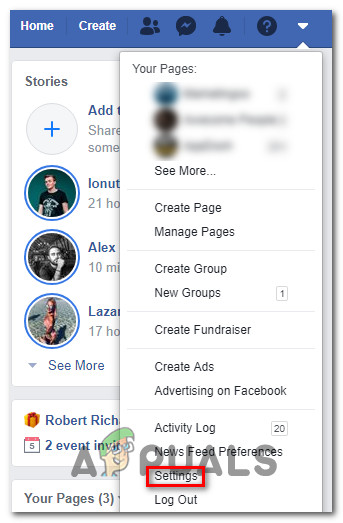
Accessing the Settings menu of Facebook - Inside the settings menu, click on Apps and Websites from the left-hand menu. Then, click on the Expired tab and click on Spotify from the Expired Apps and Websites list.
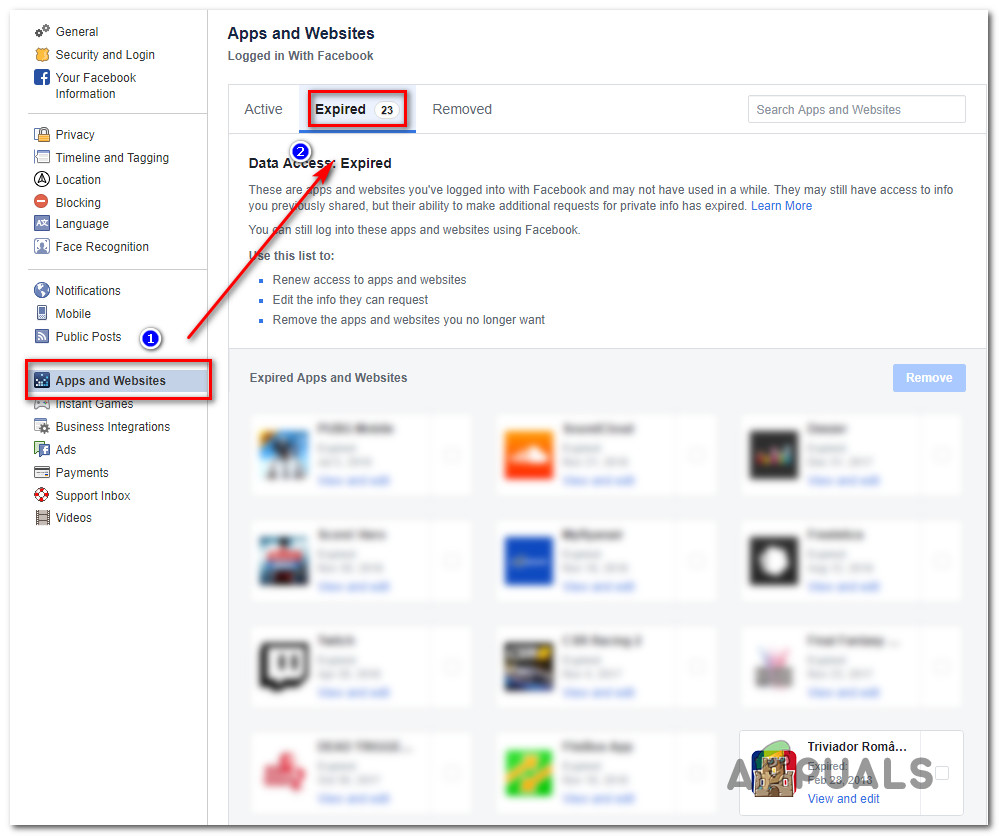
Finding Spotify among the Expired tab - Inside the next window, click the Renew Access button in the bottom-right section of the screen.
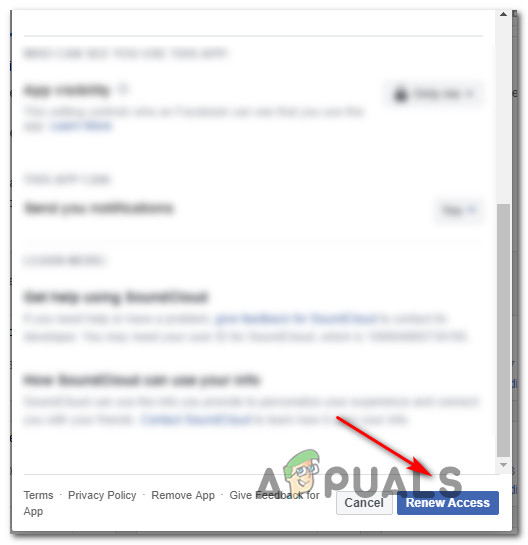
Renewing access to Spotify - Return to Spotify and attempt to log in with your Facebook account again and see if the issue has been resolved.
If you’re still encountering the same error message, move down to the next method below.
Method 3: Using the UWP Spotify application (Windows 10 only)
If you’re looking for a care-free way of resolving the issue that will allow you to log-into Spotify almost instantly, the best way to do it is to install the UWP (Universal Windows Platform) version of Spotify.
As it turns out, the issue is virtually non-existent on the Microsoft store version of the app. Several affected users have reported that the issue was no longer occurring once they traded the desktop version for the UWP version.
Here’s a quick guide on how to do this:
- Press Windows key + R to open up a Run dialog box. Then, type “appwiz.cpl” and press Enter to open up the Programs and features screen.

Type appwiz.cpl and Press Enter to Open Installed Programs List - Inside the Programs and Features screen, scroll through the list of applications, right-click on Spotify and choose Uninstall.

Uninstalling Spotify - Once the application is uninstalled, restart your computer.
- When the next startup is complete, press Windows key + R to open up another Run box. This type, type “ms-windows-store://home” and press Enter to open the Microsoft Store app.
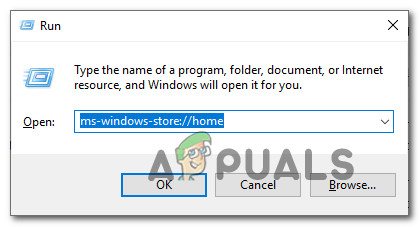
- Use the search function to find the UWP Spotify app, then click on Get to download it.
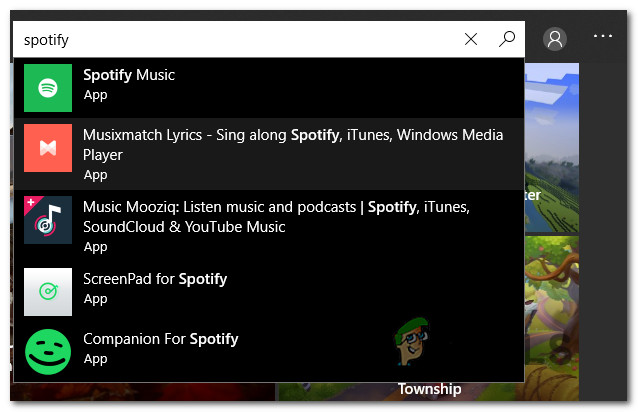
Installing the UWP version of Spotify - Open the UWP version of Spotify and see if the issue has been resolved.
If you’re still encountering the issue while using the UWP application, move down to the next method below.
Method 4: Uninstalling / Disabling Firewall
As a few affected users have reported, this particular issue can also occur if you’re using a 3rd party security solution. Users finding themselves in a similar situation have reported that the Spotify Error 412 was actually being triggered by a firewall that they had active.
If this scenario is applicable to your current situation, you have two ways forward:
- You uninstall the 3rd party security solution or disable the real-time protection of your firewall (not guaranteed to be effective)
- You establish an exception rule for the main Spotify executable (the steps of doing this are specific to the AV that you’re using)
